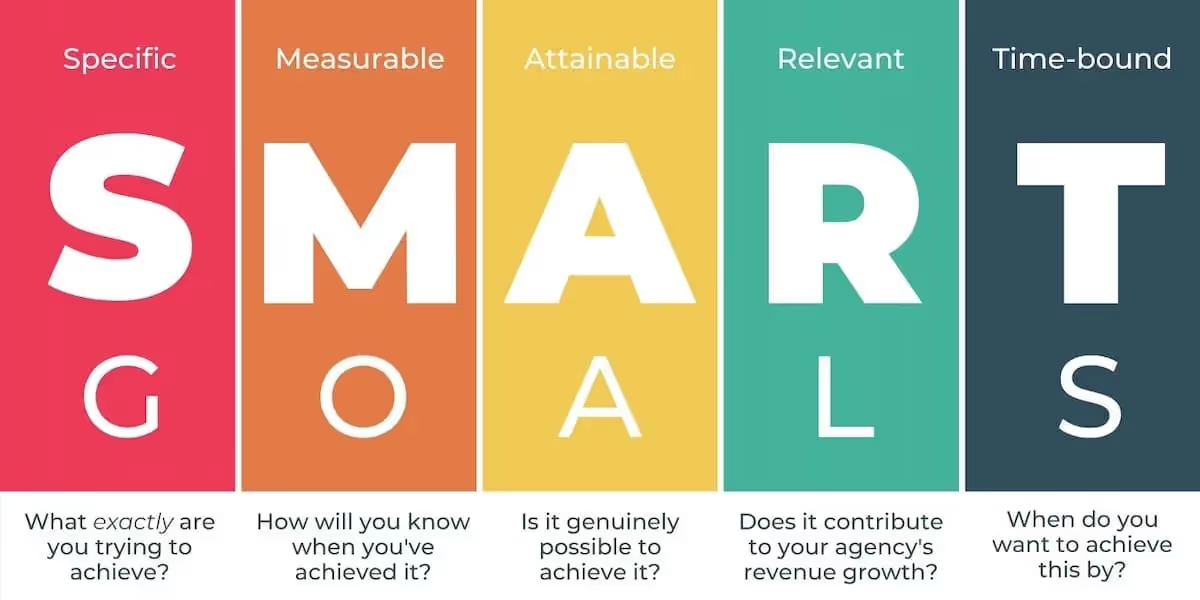It's normal to ask if there is a difference between demand generation vs. lead generation. On the surface, they sound like two sides of the same coin—like calling your pipeline the Buyer's Journey vs. a Sales Funnel.
But demand gen and lead gen are different concepts.
Understanding that difference transforms the effectiveness of B2B SaaS marketing strategies. It re-focuses your efforts on what matters at the end of the day—the quality of the lead.
At the same time, you'll avoid wasting your limited time, resources, and talent on leads who will never—I repeat "never"—become paying customers.
When you're finished here, you'll know the difference and how/when to use both to get more out of your SaaS marketing.
Demand Generation vs. Lead Generation: The Definition
Demand Generation is the act of deploying marketing campaigns to create demand for a product or service. It uses data to determine when, where, and how to accomplish this effectively.
Lead Generation is the act of leveraging marketing to collect contact information from people who may be interested in your product or service now or in the future.
The Purpose
With demand generation, you create buzz. Get the right people excited and talking about a problem your SaaS fixes. You want them to want you and see you as the solution to their business problems. As demand progresses, you become the missing link to meeting their goals, something they can't do without.
While demand gen does generate leads through landing pages, its purpose is to play the long game. You want awareness and positioning that can only happen over time.
By doing so, demand generation expands your reach and becomes a magnet for your ideal customers.
Lead generation, on the other hand, focuses on capturing identifying information, like an email. This allows you to personalize and continually improve the effectiveness of your nurturing.
Through it, you achieve a higher and faster MQL-to-SQL and Lead-to-Close Ratio in the shorter term. You increase your ability to deliver the most relevant marketing messages and content.
Additionally, that data reveals the precise moment a lead meets qualified lead criteria. This makes it possible to time the hand-off to sales and Speed the Lead expertly.
In the long term, you're gathering both quantitative and qualitative data. This helps you understand which leads are worth your time and energy. What are the signs that a lead is ripe for a conversation with sales?
Now, take this information back to the demand generation side. Through it, you improve your demand generation targeting precision.
And it comes full circle.
You have a clearer understanding of who to target. As a result, you generate demand from the right people, refining your top-of-funnel.
In doing so, you generate higher quality leads. And the cycle begins again, leading to exponential outcomes.
So it's no wonder 78% of marketers say they plan to commit a higher percentage of the marketing budget to demand gen, or at least keep it the same. While the top priority is generating leads, they recognize demand gen is critical to meeting that KPI.
Timing
Demand Generation vs. Lead Generation isn't an either/or proposition. You need both to grow your company effectively, but timing matters.
You have to create the buzz first. Any lead generation efforts will trickle if you're not implementing strategies to generate that demand first.
You can break this timing down into three stages of awareness:
- Stage 1. Non-aware. They don't even know they have a problem. Top-of-funnel (ToF)
- Stage 2. Problem-aware. They know about the problem but not how to fix it. Middle-of-funnel (MoF)
- Stage 3. Solution aware. They know solutions exist but aren't sure which is right for them. Bottom-of-funnel (BoF)
This all comes down to the right message, the right time. One way to achieve this timing is through educational content.
This serves two primary purposes.
- It generates awareness. Of the problem, then the solution.
- It builds authority. Why should people listen to you in the first place? Content builds your authority and expertise. At the end of the day, they have a reason to choose your brand over another.
You'll focus on creating demand by ensuring the right people see the right content at the right time. To this end, specific content formats work well at each stage.
- Stage 1. Non-aware. Make it easy and "low-risk" to start learning about their problem. Become present where they are but don't push them. Use long-form guides, blog posts, etc.
- Stage 2. Problem-aware. Get them to take action toward learning more in-depth information. At the same time, you build trust and authority. Offer white papers, eBooks.
- Stage 3. Solution aware. Help them finalize their decision. Share case studies, free trials, and demos.
Timing matters. Throwing problem-aware and solution-aware content at non-aware people will bounce right off. Sadly, a lot of B2B companies are doing just that.
Only 2% of B2B companies create non-aware content at ToF. This represents a tremendous opportunity for those who do.
At any given time, many more people don't know they have a problem.
Creating Demand
The gurus can argue all day long about whether demand is created or products merely fill a void already there. Both are true to some extent.
The problem exists. It's real, and it's impactful.
But with so many moving pieces in the typical business, it's not always easy for your future customers to name it, let alone find a fix.
If people aren't talking about the problem, few are aware of how impactful it is. They don't know others share the same frustrations. So it doesn't cross their minds that there could be a better way.
You need to create that buzz. That's where demand comes from.
By doing so, you start a chain reaction.
More leads. Better leads. More Leads. Better leads. Higher and higher revenues. Exponential growth.
Time to Create that Demand
It's all about timing. It's time to take your business to its next growth stage—generate demand, so high-quality leads come to you.
Curious about the power of demand gen? See how Dropbox increased targeting engagement by 6.5X.













